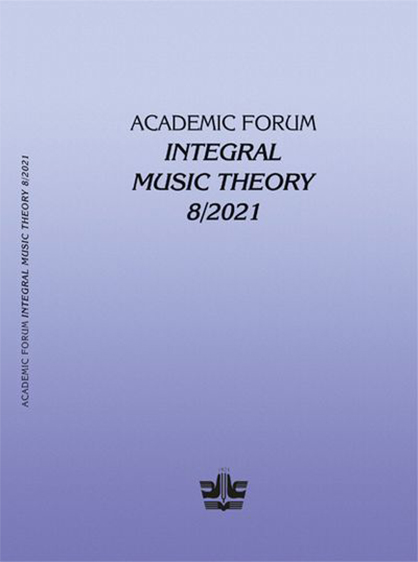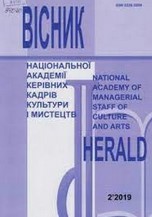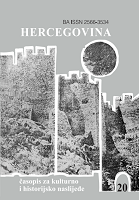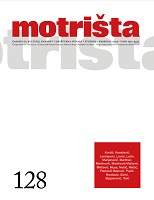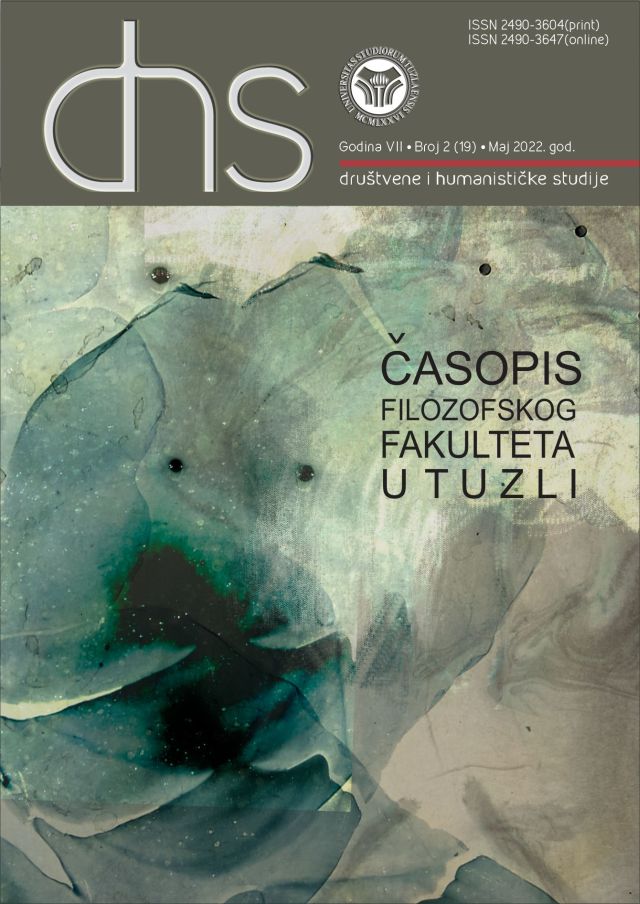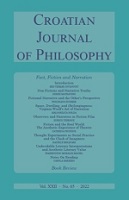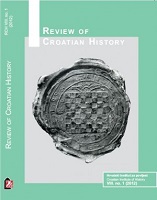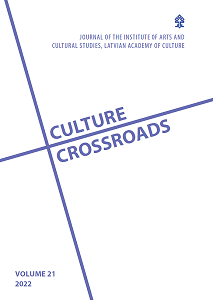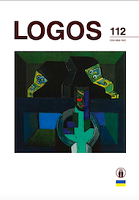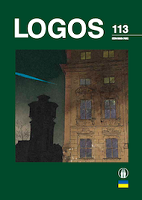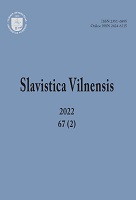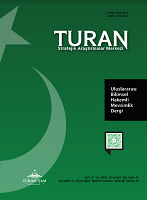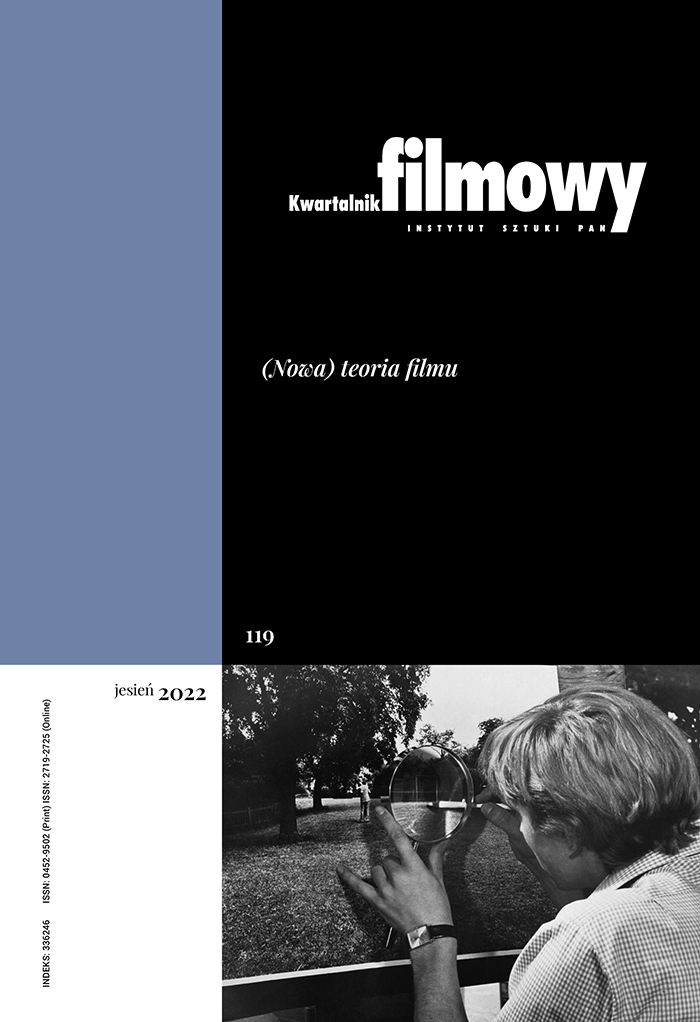Author(s): Edin Mulović,Indira Gaštan-Bešo / Language(s): Bosnian
Issue: 20/2021
The paper discusses the development and chronological review of the activities of the historical and archaeological department of the Herzegovina museum.The Museum of Herzegovina was founded in 1950.with the aim of researching,collecting,preserving and presenting the rich cultural and historical heritage of Mostar and the region of Herzegovina.Therefore from the very beginning of the establishment, collecting of artefacts from the entire area of Herzegovina has begun. From its establishment to the present day ,it has primarily dealt with the gathering od museum funds for historical and archaeological collections,among other things.The period of the sixties and seventies of the last century was marked by the work of these departments,where enviable results are achieved,as well as field research works,among which are Cim Basilica,the Basilica of Zitomislici etc.,then the organization of mobile exhibitions.Through exhibitions,a large part of the cultural and historical heritage belonging to periods from the most ancient past of Mostar and Herzegovina is presented to the public.The nineties,due to the aggression on the Republic Bosnia and Herzegovina,marked the end of all previous activities with the loss of majority of material and personnel capacity required for the normal functioning of the museum.After the war,the museum recovered,but in new socio-political circumstamces.Special attention was paid to the digitalization of museum materials.The role of the Museum of Herzegovina is to enable,through the work of the historical and archaeological department,all museum materials to be researched,digitalized and presented through activities, lectures, publications, exhibitions and workshops.
More...
